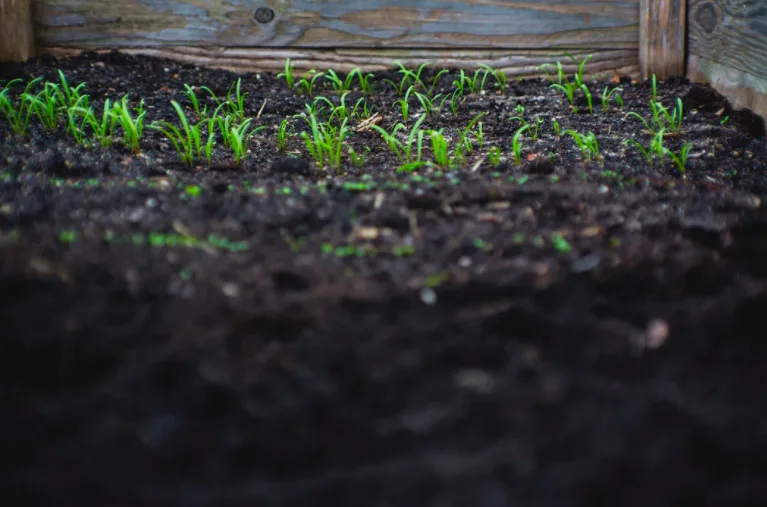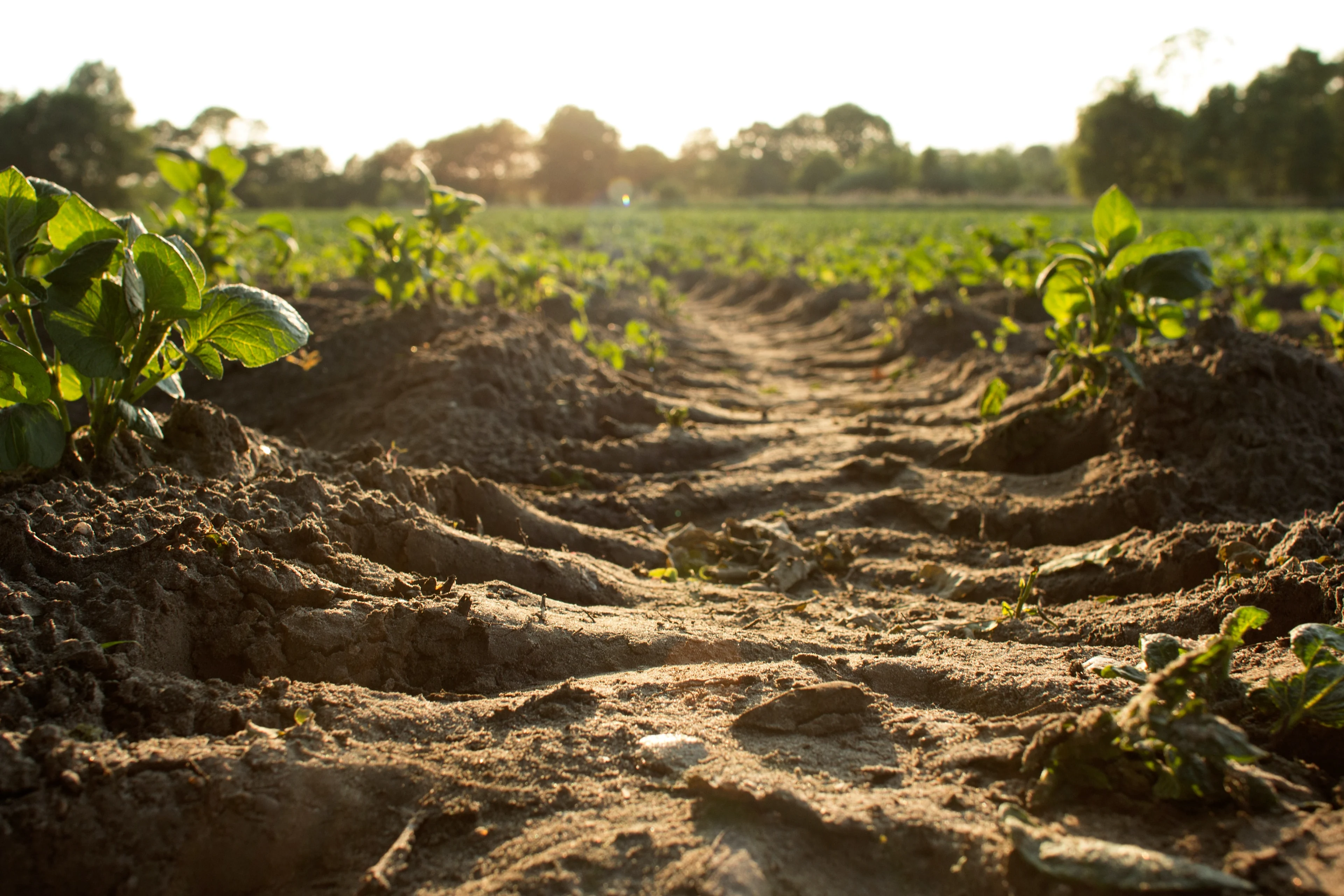
Capturing carbon in soil is needed to combat climate change, experts say
Research shows that soil carbon sequestration has significant potential to lower levels of atmospheric carbon dioxide.
Decades of atmospheric data clearly reveal two things: Scientists are virtually certain that modern day climate change is human-caused and action must be taken to stabilize the concentration of carbon dioxide in the air. In order to prevent a dangerous increase in global temperatures, researchers agree that there are two main ways this can be done. First, and perhaps most obvious, greenhouse gases must be reduced. The second strategy involves mechanisms that can remove the greenhouse gases that have already been released into the atmosphere.
Industry and transportation emitted nearly 15 Gt of carbon dioxide into the atmosphere in 2018, and there is no immediate hope that these emission rates will suddenly decline. Even if the rate of emissions slows, the amount of pollutants that already exist will persist for hundreds of years. That is why capturing carbon is such an appealing alternative to control greenhouse gases.
Two decades ago, soil scientists became especially active studying the potential of capturing carbon in soil organic matter. Nearly 10,000 years of cultivated agriculture has released 116 Gt of carbon from soils across the world, an amount equivalent to more than a decade of the present rates of industrial emissions, according to an article published by PNAS.

Credit: Dylan de Jonge via Unsplash
Scientists are proposing the development of complex agricultural technologies so we can restore much of this carbon to domesticated soils. This would serve a valuable tool to mitigate climate change by providing society with a wider time frame to decarbonize the atmosphere. A study published in Nature Communications says that soil is capable of reducing the increase of carbon dioxide in the atmosphere by 33 per cent while simultaneously increasing agriculture yields across the world.
Strategies that increase carbon in the soil include mulching, no-till farming, adding plant-based coal, increasing plant growth by limiting acidic soils, fertilizing as needed, and using smart irrigation. Crop roots play a big role in storing carbon, which is why healthy soils are not only important for being a carbon sink themselves, but to promote the growth of other carbon sinks.
Watch the video above to learn more about how capturing carbon in soil can help mitigate the effects of climate change.












